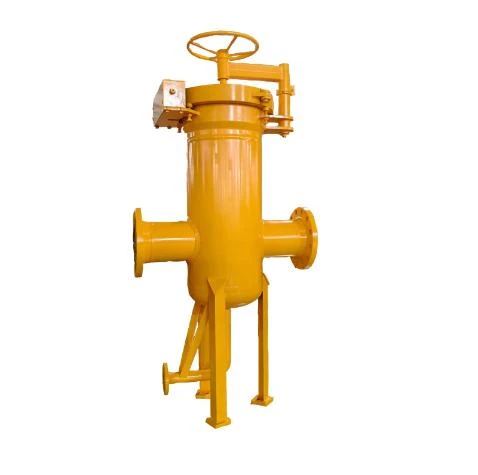
Dec . 11, 2024 09:15
Back to list
Gas Pressure Regulator for Efficient Delivery and Control of Gas Flow
Understanding Gas Pressure Reduction Stations
Gas pressure reduction stations play a crucial role in the distribution and management of natural gas, ensuring that this vital resource reaches consumers safely and efficiently. As natural gas travels through pipelines from production sites to end-users, it typically encounters varying pressure levels. This is where gas pressure reduction stations come into play, adjusting the pressure of the gas to suitable levels for safe usage.
The Function of Gas Pressure Reduction Stations
Gas pressure reduction stations are designed to lower the high-pressure gas received from transmission pipelines to a pressure level that is safe and usable for residential, commercial, and industrial applications. When natural gas is extracted and transported, it is high-pressure, which can be dangerous if not handled properly. The reduction stations utilize various equipment and technologies to manage this pressure effectively.
Key Components
1. Pressure Regulators At the core of any gas pressure reduction station are pressure regulators. These devices adjust the gas pressure to predetermined levels, allowing for controlled distribution to various users. They work by using diaphragm mechanisms or differential pressure to maintain desired output levels.
2. Safety Devices As safety is paramount in gas distribution, these stations are equipped with several safety devices. Pressure relief valves, for instance, are installed to release gas if the pressure exceeds safe limits, preventing potential explosions or leaks.
3. Filtration Systems To ensure that the gas is clean and free of debris, filtration systems are also integral to pressure reduction stations. These filters remove impurities and particulates that could damage equipment downstream or pose health risks.
.
Importance of Gas Pressure Reduction Stations
مخفض ضغط الغاز

1. Safety Safety is the foremost priority in gas distribution. By decreasing the pressure of natural gas to safe levels, these stations significantly reduce the risk of accidents and ensure the safe delivery of gas to consumers.
2. Efficiency Proper pressure regulation enhances the efficiency of gas distribution. It minimizes losses due to leaks or inefficiencies and ensures that consumers receive a steady and reliable supply of gas.
3. Environmental Impact By reducing pressure appropriately and ensuring proper combustion in burners and appliances, these stations contribute to lower emissions. Efficient gas use leads to reduced carbon footprints, aligning with global efforts to combat climate change.
4. Economic Benefits Gas pressure reduction stations can also offer economic advantages by optimizing gas usage, reducing operational costs for suppliers, and ultimately leading to lower prices for consumers.
Challenges and Innovations
Operating gas pressure reduction stations is not without challenges. Natural disasters, system malfunctions, or increased demand can strain these facilities, making it essential to invest in infrastructure and technology. Innovations like smart grid technology and IoT (Internet of Things) are increasingly being integrated into pressure reduction stations, allowing for smarter monitoring, predictive maintenance, and improved efficiency.
Additionally, as the energy landscape evolves with the rise of renewable energy sources and the push for decarbonization, gas pressure reduction stations must adapt. This includes accommodating biogas or hydrogen blends and ensuring that the infrastructure is resilient against changes in demand and supply dynamics.
Conclusion
Gas pressure reduction stations are vital components of the natural gas distribution network. They ensure safety, efficiency, and reliability in the delivery of natural gas, contributing to economic and environmental benefits. As innovations continue to shape the energy sector, these stations will play an essential role in transitioning to a sustainable energy future while still meeting the needs of consumers and industries. By investing in technology and infrastructure, we can enhance the effectiveness of these stations, ensuring that they remain robust and responsive to changing energy demands.
Latest news
-
Safety Valve Spring-Loaded Design Overpressure ProtectionNewsJul.25,2025
-
Precision Voltage Regulator AC5 Accuracy Grade PerformanceNewsJul.25,2025
-
Natural Gas Pressure Regulating Skid Industrial Pipeline ApplicationsNewsJul.25,2025
-
Natural Gas Filter Stainless Steel Mesh Element DesignNewsJul.25,2025
-
Gas Pressure Regulator Valve Direct-Acting Spring-Loaded DesignNewsJul.25,2025
-
Decompression Equipment Multi-Stage Heat Exchange System DesignNewsJul.25,2025

